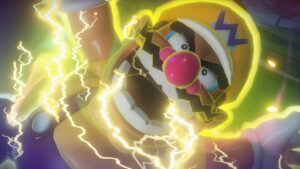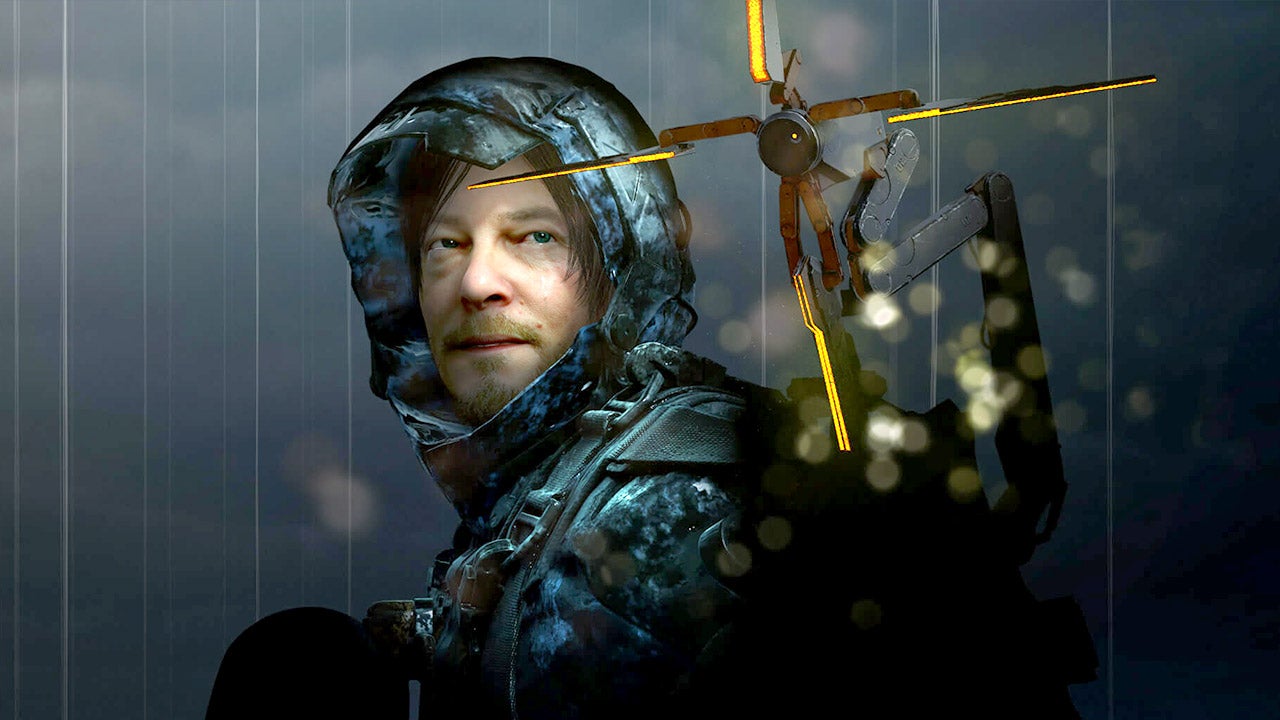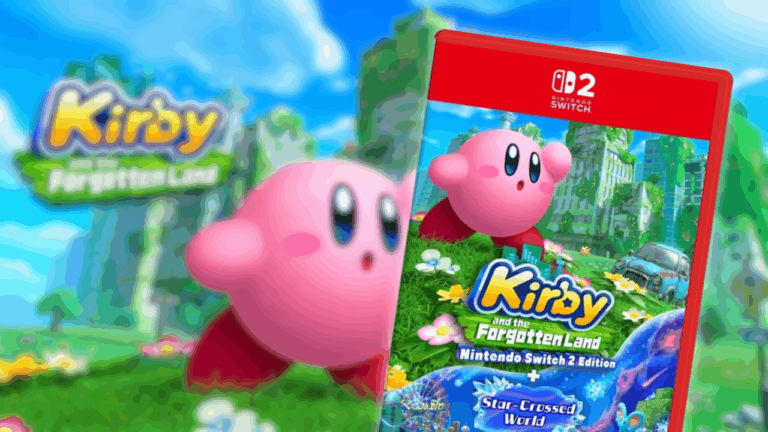Introduction: Setting the Stage for My Review
Hello, I’m Simon, and I’ll be sharing my thoughts on Death Stranding 2: On the Beach for IGN. As many of you know, the reception to the original Death Stranding was quite mixed, so I thought it would be helpful to provide some context about my personal experience with the 2019 sci-fi epic before diving into my impressions of the upcoming sequel.
My Experience with the Original Death Stranding
Initially, I didn’t review Death Stranding for IGN—that task belonged to the talented Tristan Ogilvie, whose review you can find elsewhere. His score of 6.8 reflects a game that was neither widely panned nor universally praised, but rather one that sparked diverse opinions. Like many, my own thoughts diverged from his, and I’ll explain what resonated with me and what didn’t. Keep in mind, this isn’t a re-evaluation or a different score—just my honest perspective on what I liked and disliked about the original game.
The Story: A Deeply Personal and Complex Narrative
Let’s start with the story, arguably the most intricate and divisive aspect of Death Stranding. I found the narrative incredibly compelling, especially as I immersed myself in its expanding universe filled with innovative sci-fi terminology. The characters’ stories drew me in deeply, and I felt that the game rewarded those who invested time in understanding its world. Although the beginning can seem dense and difficult to penetrate, particularly during its slower early hours, I became fully engaged by the final act.
Highlights for me included Sam’s emotional connection to Lou and the tense relationship between Cliff Unger and Die-Hardman. The latter’s final scene, brought to life by Tommie Earl Jenkins, stands out as one of the most powerful performances I’ve experienced in a video game. The supporting cast also impressed me—Margaret Qualley’s dual roles, Lea Seydoux’s layered portrayal of Fragile, and others added depth and nuance to the story. I’m especially excited to see new characters like Elle Fanning’s mysterious Tomorrow, although I admit I remain skeptical about her character’s intentions.
Balancing the Grand Scale with Humanity
This is the kind of sci-fi and post-apocalyptic fiction I truly connect with—epic stories set against a global backdrop but rooted in deeply personal themes.
Death Stranding masterfully balances awe-inspiring moments—such as colossal threats and the haunting beauty of Low Roar’s soundtrack—with intimate one-on-one conversations that ground the story in human emotion. Themes like birth, death, hope, and grief resonate universally, and I appreciated how these themes shone through despite the game’s alien language and complex lore, which took around 40 hours to unfold.
Gameplay: From Tedium to Exciting Potential
In terms of gameplay, recent previews suggest that Death Stranding 2 will incorporate more tactical espionage elements reminiscent of Metal Gear Solid. This excites me because, truthfully, I found parts of the original game to be a slog—especially during its initial release in 2019. The endless walking, crossing rugged terrain, and repetitive delivery missions became tiresome, particularly in the third chapter, which felt like an endless grind.
However, I’m glad I revisited it later, playing the Director’s Cut, which significantly improved the experience. The added combat mechanics and new delivery tools, like the companion robot and catapult, injected much-needed variety. The existing infrastructure—highways, ladders, bridges—thanks to the online Chiral network, made traveling smoother. As I progressed, I enjoyed using vehicles and zipline systems to navigate quickly, and I hope such convenience features are standard in Death Stranding 2.
Challenges and Anticipation
While exploring Death Stranding’s world was ultimately rewarding, I never fully clicked with its combat system. Encounters with BTs often felt like a chore, and I preferred avoiding conflict whenever possible, especially during rain or stealth sections involving human enemies in hazmat suits. That said, I’m encouraged by the apparent shift towards more action-oriented gameplay in the sequel, with more diverse combat options and tools to handle threats dynamically.
Although I don’t expect Sam to become a super-soldier, I look forward to wielding more firepower and engaging more actively with enemies. This shift could make the gameplay more exciting and less of a repetitive slog.
Final Thoughts: Excitement and Expectations
In summary, I greatly enjoyed the immersive world and compelling characters of Death Stranding, but I felt that its gameplay often lacked consistency in rewarding the player. I liked the game but didn’t love it—yet, the potential for Death Stranding 2 is undeniable. Based on what I’ve seen so far, the story promises intrigue and spectacle, typical of Kojima Productions’ signature style. My hope is that the gameplay will match the cinematic ambitions and that the gaps between the stunning cutscenes aren’t too tedious.
I can’t wait to see how it all unfolds when my full review drops on June 23rd.
About the Author
Simon Cardy is a Senior Editor at IGN, often exploring open-world adventures, indulging in Korean cinema, or lamenting the state of Tottenham Hotspur and the New York Jets. Follow him on social media for more insights and updates.










